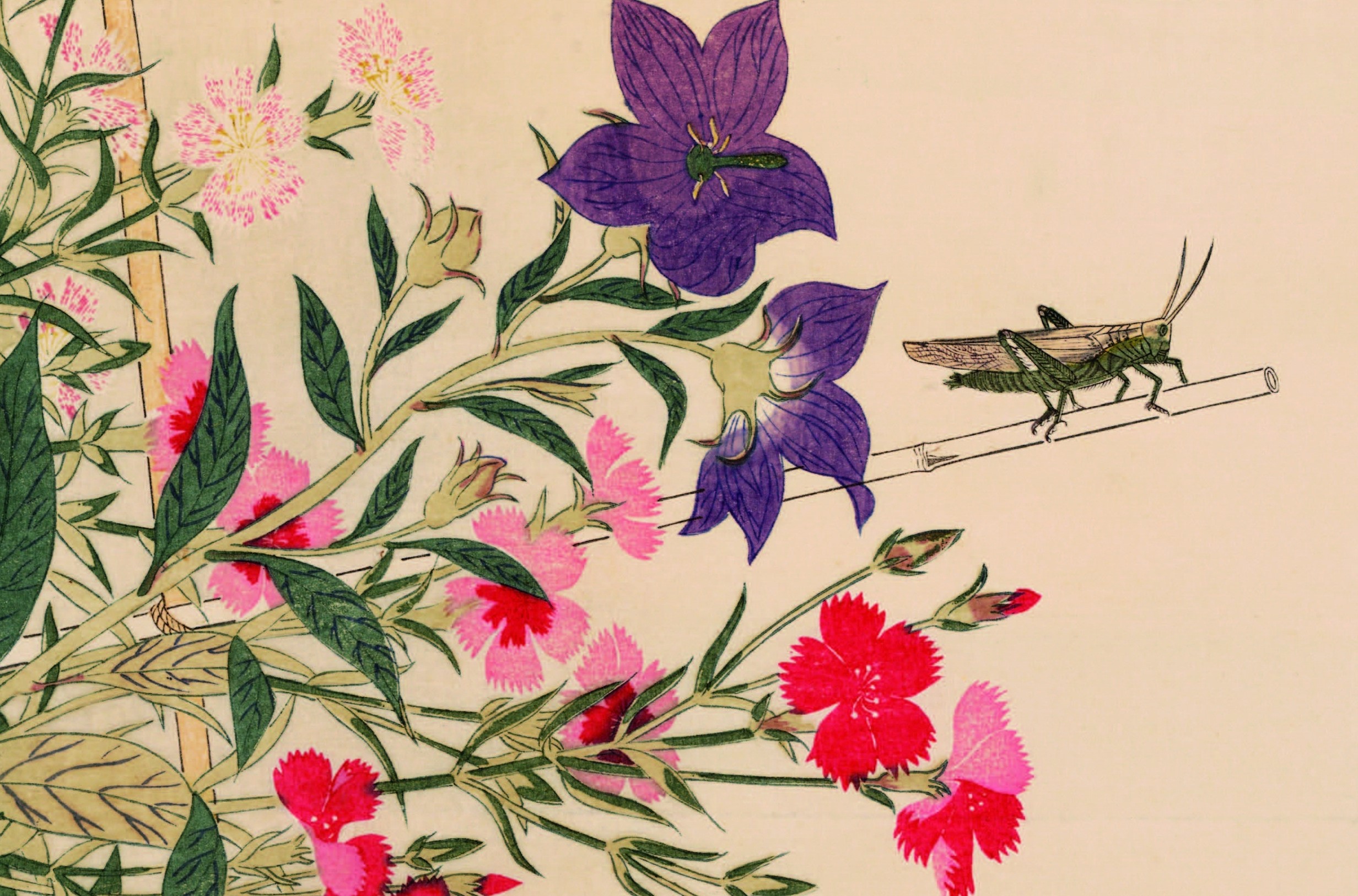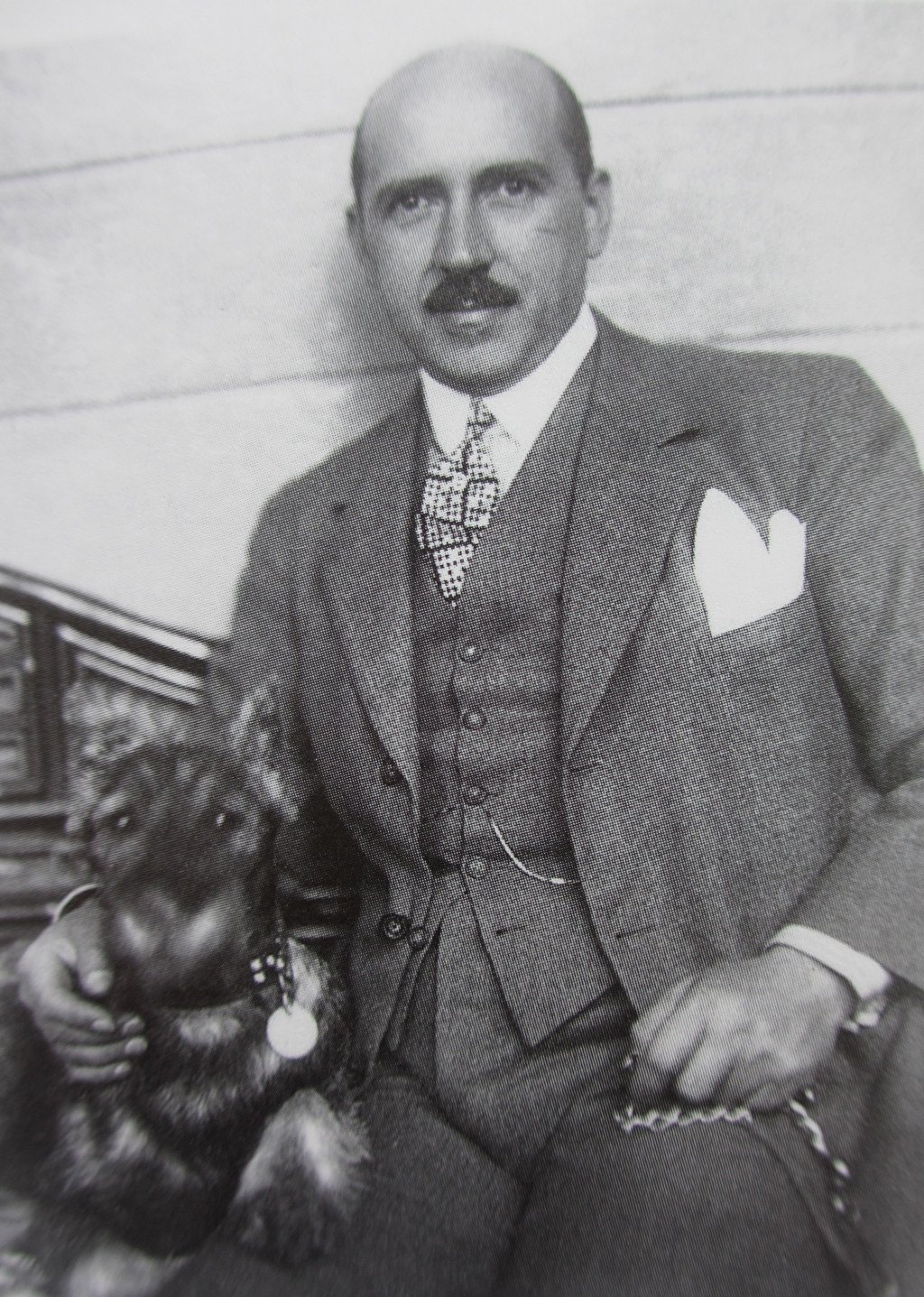
WORCH Adolphe and Edgar (EN)
Adolphe Worch
Personal Life
Adolphe Worch was an antique dealer who specialised in Chinese arts. He was active in Paris at the beginning of the 20th century. Few biographical elements are known about him.
He was born in Kassel, Germany, on December 27, 1843, and moved to France around 1860.
His career and the years following his death were particularly marked by the anti-German sentiment that went along with the war. On several occasions, the antiquarian was condemned by various newspapers, like other entrepreneurs of German origin ("Notes de guerre. Leurs antiquaires". L'Intransigeant, February 27, 1915. BnF). Besides the usual reproach of carrying out an "economic invasion", the French press particularly chastised the engagement of Adolphe Worch's nephew, Edgar, as an officer in the German army ("La Chasse aux Boches. Leurs antiquaires: ‘Worch, de Paris’.”L’Intransigeant, March 10, 1915. BnF). These accusations had a direct impact on the gallery, particularly through the accusations of forgery with which they were sometimes accompanied ("La Chasse aux Boches. Leurs antiquaires: ‘Worch, de Paris’.”L'Intransigeant, March 10, 1915. BnF ).
Adolphe Worch died on July 16, 1915 (Le XIXe siècle : journal quotidien politique et littéraire July 19, 1915. BnF), in the midst of the First World War. He left no children, but several heirs, designated by his will: his five brothers and sisters, their descendants, including Edgar Worch, as well as Pauline Marie Charley, the widow Lorme. Although Worch had French nationality since March 19, 1889 (Le Temps, May 28, 1915, BnF), all his heirs were German. However, according to the ordinance of April 26, 1915, the Maison Worch, as well as the personal property of the antique dealer, were sequestrated, in order to prevent them from returning to the "enemy" ("La chasse aux maisons et produits boches". La Liberté, June 5, 1915. BnF).
Professional life
In 1888, Adolphe Worch founded his gallery, la Compagnie commerciale de la Chine et du Japon. Located at 9 and 11 rue Bleue, in the 9th arrondissement of Paris, it specialised in "the purchase and sale of all articles from China and Japan" (Lefebvre, Eric. “Le Destin des collections d’art chinois d’un marchand d’antiquités allemand de Paris : Adolphe Worch [1843-1915]”. Idées de la Chine au XIXe siècle : Entre France et Allemagne, 2014, p 221-233). From 1890, the company was listed in business directories as a gallery of "Chinoiseries et japoneries" (Annuaire-almanach du commerce… Firmin Didot et Bottin réunis. 1890. BnF). However, Adolphe Worch actually sold a variety of products: lithography papers and silks were also part of his imports.
Adolphe Worch's career was marked by two disputes. The first was with la Compagnie des Messageries maritimes, which handled the transport of his boxes of objects from Japan, and concerned theft of and damage to silks during the transport of boxes from Yokohama, in March 1900. A second dispute in 1925 opposed the maison Worch to one of their colleagues and former collaborators, the antique dealer John Vigouroux (Le Gaulois : littéraire et politique, January 29, 1925. BNF).
Edgar Worch
Personal life
Edgar Worch was born in 1880. He was probably the son of Helene Worch, sister of Adolphe, and William Katsch (will of Adolphe Worch, Asian Section records. PU-Mu. 0052. Penn Museum Archives). In 1904, Edgar Worch joined his uncle in France, and became his main collaborator (Guerre 1914-1918. Commission consultative des séquestres de guerre [1919-1926]. Procès-verbaux des séances de la commission. Commission consultative des séquestres de guerre, Affaire Edgar Worch. AJ/28/CCSG/1, pièce 390. AN). During the First World War, he enlisted as an officer in the German army. During the battle of Verdun, he was seriously injured in the left knee and had a disability for the rest of his life.
Subsequently, Edgar Worch resided in Germany for a few years; in May 1923, he lived at Berlin, at 7 Parizerplatz (will of John Audley, dated May 18, 1923. Asian Section records PU-Mu. 0052. Penn Museum Archives). The antique dealer travelled regularly: on May 15, 1923, he journeyed to the United States for a matter related to the estate of his uncle (Letter of May 7, 1923 from the law firm Scott, Van Dusen & Archbald to Charles C. Harrison Asian Section records PU-Mu. 0052. Penn Museum Archives). In 1932, Edgar Worch and his wife Hedwig Heinz went to Geneva. Six years later, they moved to the United States (United States of America, Bureau of the Census. Sixteenth Census of the United States, 1940. Washington, D.C.: National Archives and Records Administration, 1940. T627, 4,643 rolls. National Archives and Records Administration). They lived there for many years, and in 1944, Hedwig Worch applied for naturalisation. The couple then resided at 930 Fifth Avenue, New York (Hedwig Worch petition for naturalization. Soundex Index to Petitions for Naturalization filed in Federal, State, and Local Courts located in New York City, 1792-1989. New York, NY , USA: The National Archives at New York City. The National Archives at New York City).
Edgar Worch died in 1972.
Professional Life
Following the death of Adolphe Worch, his nephew Edgar continued the gallery's activities. The antique dealer already owed him large sums, as part of the gallery's activities. Edgar Worch then transferred the company to Berlin, at 2 Tiergartenstrasse.

The collection
Liquidation of the Collection
The history of the Worch collection was marked by the seizure and then liquidation of the assets of Adolphe Worch. The liquidation of the collection began in May 1920. Several collectors and curators seized the opportunity to enrich their collections at lower costs, including the Asian arts department of the Musée du Louvre and especially Henri d'Ardenne de Tizac, curator of the Musée Cernuschi.
Thus, of the 152 works from the Worch collection currently kept in the collections of the Parisian museum, only nine come from donations or sales by Adolphe or Edgar Worch, rather than from the sales following the sequestration.
For the other Western museums in possession of a remarkable number of pieces from the Worch collection, the entry of these works into their collections is generally explained by the relationships that the Edgar Worch gallery maintained with these institutions.
Geographic Origins of the Collection
Among the pieces conserved in museums, Chinese provenance is predominant (246 works), but only 23 of them have a precise indication of provenance. These are primarily from north-eastern China, in particular around Beijing and Shanghai and along the coast. Hebei, Henan, Jiangxi, and Shaanxi are among the most frequent provinces. Some works also come from other countries: four Japanese pieces, one Egyptian, and one Iranian. We can also identify a German and an American work from the collection of Edgar Worch.
Collection Specialisations
The specialisations of the Worch house seem relatively diversified, with a slight predominance of ornamental items (68 works, or 27% of the collection). Buddhist statuary is also well-represented (42 works, or 17% of the collection). Finally, the mingqi and ceramic tableware constitute the collection’s two other main axes (respectively 41 works, or 16% of the collection).
Dating the Collection
In terms of dating, the Han dynasty (206 BC-220 AD) is particularly well-represented, constituting 20% of the collection, i.e. 50 works among the 254 listed. The Tang dynasty (618-907) is also very present (47 works, or 19% of the collection). Twenty-six pieces, or 10% of the collection, can be dated to the period of the Three Kingdoms and Six Dynasties (220-581). Other identified dates are present in the collection at a rate of less than a tenth of this for each date. However, a large percentage of the works in the collection (19%) has not been not dated.
Reception of the Collection
The reception of the Worch collection by the contemporary press was closely linked to the liquidation of the sequestration of the assets of Adolphe Worch. On this occasion, the collection was publicised or assessed favourably in numerous articles. Its pieces drew recognition in terms of their prices as well as much as for their quality. An article in La Renaissance de l'art français et des industries de luxe in January 1922 (BnF) underscores the extent of the gallery's stock and the importance of the prices. Thus, as reported in the newspaper Le Temps of December 6, 1921 (BnF), these works attracted the attention of the greatest Asian art collectors of the time at the sales.
We can also note the praise received by two pieces from the Adolphe Worch collection during a 1913 exhibition at the Musée Cernuschi ("L'art bouddhique au musée Cernuschi". Revue des deux mondes, March 1913, p. 667. BnF).
Related articles
Collection / collection d'une famille

Personne / personne

Personne / personne

Personne / collectivité
